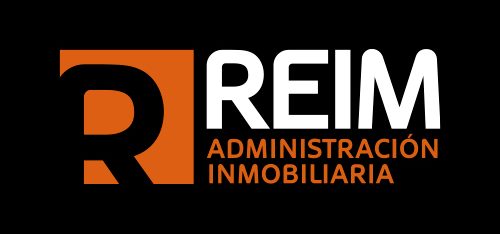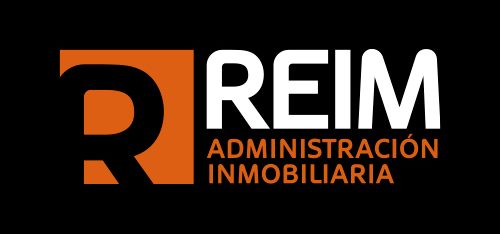Veins are an important part of the circulatory system, playing an important function in the transport of blood throughout the body. This detailed network of blood vessels brings deoxygenated blood back to the heart, permitting the exchange of oxygen, nutrients, and also waste items to preserve the body’s general health and wellness. In this short article, we will certainly explore the anatomy, function, as well as significance of blood vessels in the body.
The Composition of Veins
Blood vessels are blood vessels that work in tandem with arteries to facilitate the blood circulation of depanten na stawy apteka gemini blood throughout the body. Composed of three primary layers – the tunica amuleta money amulet intima, tunica media, and tunica adventitia – blood vessels possess distinctive attributes that separate them from arteries.
The tunica intima, the innermost layer of capillaries, contains endothelial cells that create a smooth lining to reduce friction as well as assist in the smooth circulation of blood. Bordering the tunica intima is the tunica media, a muscle layer that assists control blood circulation by contracting or dilating. Last but not least, the tunica adventitia, the outermost layer, supplies architectural assistance as well as links the vein to bordering cells.
Among the essential physiological functions that distinguish capillaries from arteries is the visibility of shutoffs. Shutoffs are flap-like frameworks discovered within capillaries that stop blood from streaming backwards, ensuring a unidirectional circulation in the direction of the heart.
- Shallow veins: These blood vessels lie near to the surface area of the skin and are often visible. They are in charge of draining blood from the skin and also surface cells.
- Deep blood vessels: These capillaries exist much deeper within the body and come with significant arteries. They are in charge of accumulating blood from different body organs and also cells.
- Perforating blood vessels: Also referred to as interacting blood vessels, perforating capillaries attach the surface blood vessels to the deep blood vessels, enabling blood to stream in between both systems.
Overall, the venous system is an intricate network of interconnected veins that makes certain the reliable return of deoxygenated blood to the heart.
The Feature of Capillaries
The main feature of veins is to lug deoxygenated blood from numerous components of the body back to the heart. Unlike arteries, which bring oxygenated blood away from the heart, veins antagonize gravity to push blood in the direction of the heart with the tightening of surrounding muscle mass and also the activity of valves.
Among the essential devices through which capillaries help with blood circulation is the skeletal muscle pump. When muscular tissues bordering capillaries agreement throughout movement, they exert stress on the blood vessels, squeezing them and also moving blood in the direction of the heart. This system is especially vital in the lower extremities, where the force of gravity makes it a lot more difficult for blood to go back to the heart.
Shutoffs within veins play a crucial role in keeping blood flow. These one-way shutoffs open up to permit blood to stream towards the heart and near to stop blood from streaming backwards. By making sure a unidirectional circulation, the shutoffs prevent the pooling of blood and also maintain the performance of the circulatory system.
Another fascinating facet of venous feature is venoconstriction as well as venodilation. The tunica media layer of veins can get or relax, changing the diameter of the capillary. This allows the body to manage blood flow according to specific requirements, such as throughout workout or in action to injury.
The Value of Healthy Capillaries
Healthy and balanced veins are vital for general wellness and also play an important duty in keeping correct circulation. When blood vessels end up being harmed or damaged, numerous conditions, such as venous deficiency as well as varicose blood vessels, can emerge.
- Venous deficiency: This problem occurs when the shutoffs within blood vessels end up being inefficient, resulting in blood merging as well as insufficient blood flow back to the heart. Typical signs consist of swelling, discomfort, and also abscess.
- Varicose blood vessels: Varicose blood vessels are inflamed, twisted capillaries that are usually visible on the legs and also thighs. They develop when the valves in the blood vessels fall short, resulting in blood moving backwards and also triggering the capillaries to increase the size of.
- Deep blood vessel apoplexy (DVT): DVT is a potentially significant condition identified by the formation of embolism within deep capillaries. If left untreated, these clots can travel to the lungs and cause a lethal problem called pulmonary embolism.
To maintain healthy and balanced veins and also promote optimal blood circulation, different lifestyle practices can be embraced. Normal workout, keeping a healthy weight, boosting the legs, avoiding long term resting or standing, and wearing compression stockings are some steps that can aid support capillary health and wellness.
Conclusion
Understanding the composition as well as feature of veins offers important insights right into the facility blood circulation system. Capillaries play a vital function in lugging deoxygenated blood back to the heart and also making certain the exchange of oxygen, nutrients, as well as waste items throughout the body. Maintaining healthy blood vessels is vital for overall wellness and also can be attained by adopting healthy and balanced lifestyle habits as well as looking for appropriate treatment when necessary.

